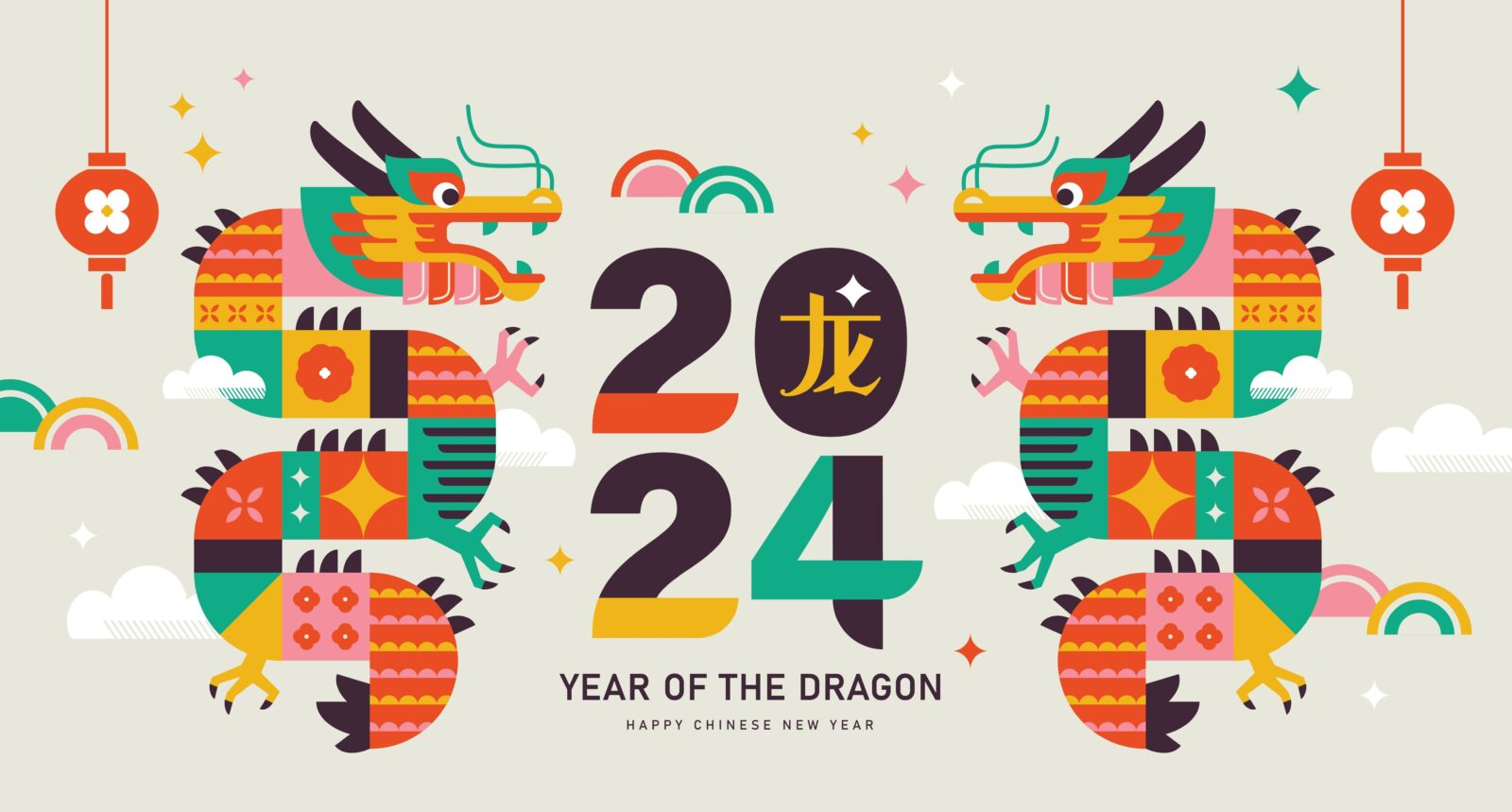Get Ready for Chinese New Year With Bold Chinese Teas
Thanksgiving passed long ago. Hanukkah and Christmas dwell behind us too, and just days ago we ringed in 2024. The next major American holiday doesn’t take place until Memorial Day, in May. Five months of peace and calm, right?
Not so fast. Because on Saturday, February 10th, people around the world begin celebrating Lunar New Year, also called Chinese New Year. The festivities last for 16 days, and stand as the most important holiday in China and other Asian countries.
This year is a biggie: Year of the Dragon. The Dragon zodiac sign represents power, success, honor and luck—naturally, many parents try to have children during Dragon years!
Lunar New Year 101
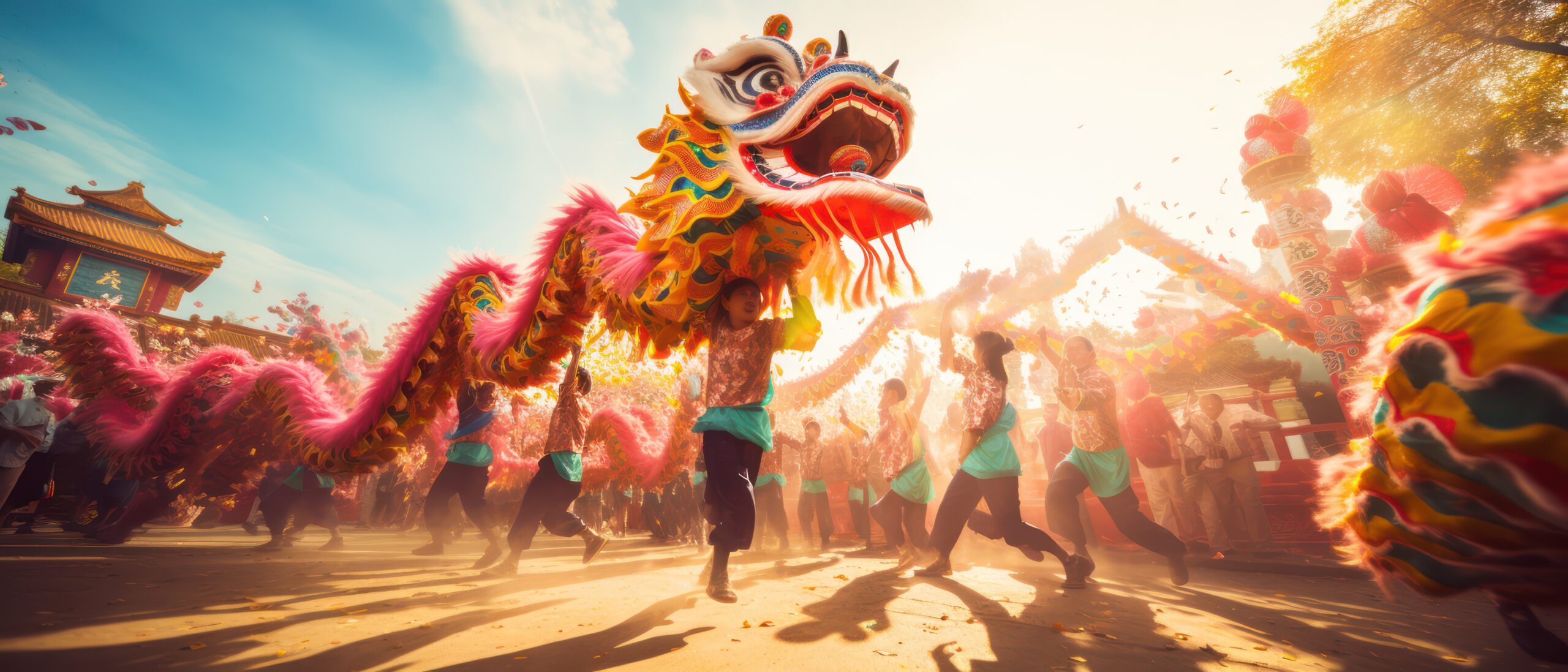
Chinese New Year dates revolve around cycles of moon and sun, and change every year, unlike New Year’s celebrations based on the Gregorian calendar. The Lunar New Year always begins on the second new moon after the winter solstice, which takes place in late December and is the shortest day of the year. The lunar calendar is normally between 21 and 51 days behind the Gregorian calendar. Chinese New Year always falls somewhere between January 21st and February 10th.
The annual celebration includes a huge range of gatherings, events, customs and foods. In some ways it resembles the holiday season in the North America and Europe, with activities, decorations and traditions that don’t take place any other time of the year.
The festivities are especially vibrant in China and other Asian countries. But Asian communities around the world celebrate Chinese New Year, too. Colorado, the home of Ku Cha House of Tea, supports a diversity of events, especially in Denver.
Tea and Chinese New Year
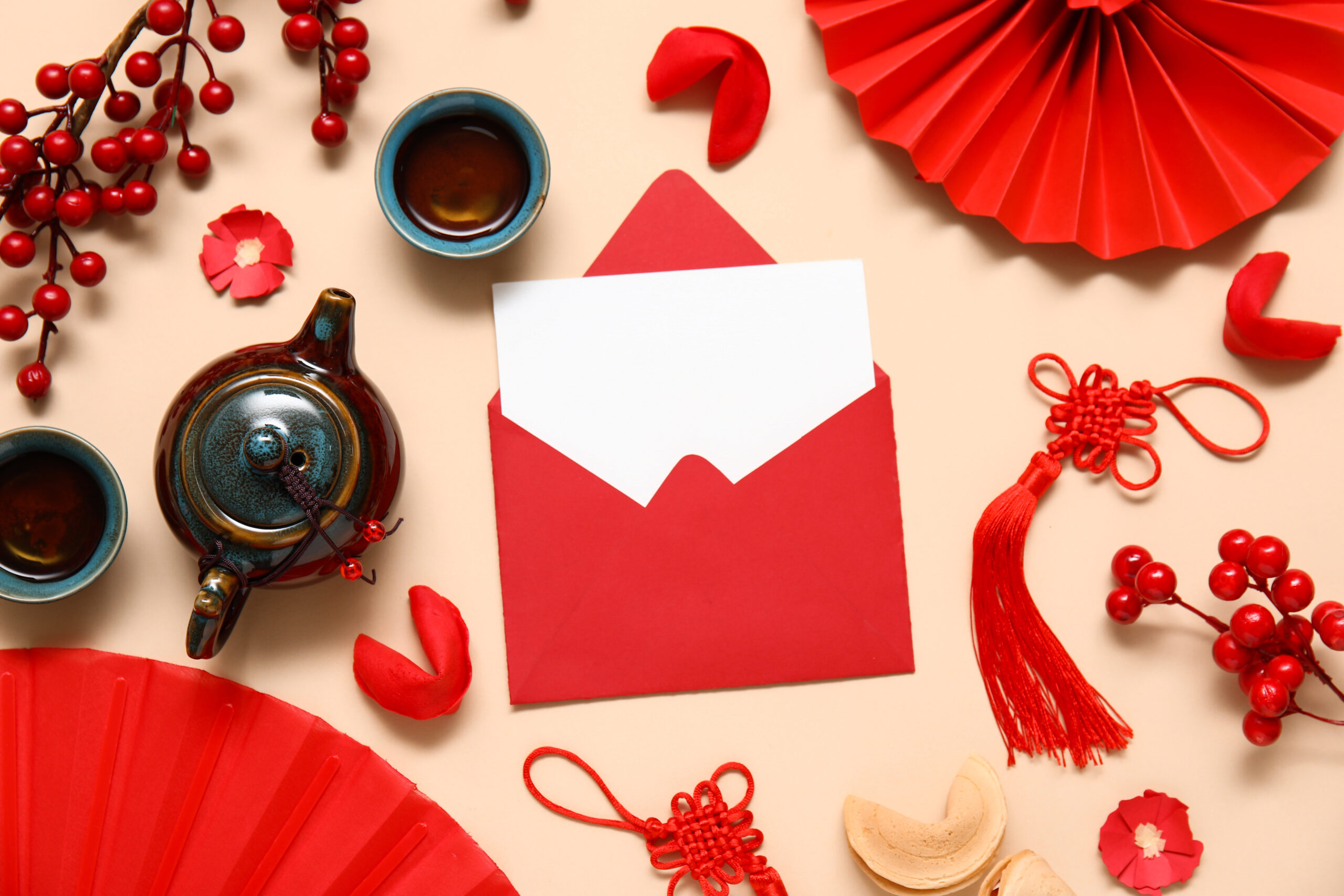
People sip oceans of traditional Camellia sinensis tea during Lunar New Year. Tea pairs well with many New Year’s foods, and provides energy during the long days of celebrating and it. In fact tea also figures into the New Year’s first day, when the eldest generation sits and the next generation offers them sweet tea. From the very beginning, tea figures into China’s most festive event.
As we move toward Lunar New Year, we will examine Chinese teas in coming weeks. The beverage, which originally comes from China, is central to Chinese culture, and an important part of Chinese New Year. If you don’t celebrate Chinese New Year, honoring it with tea and some holiday-appropriate foods, like dumplings, spring rolls and longevity noodles is a grand idea.
To begin, we explore bold Chinese teas. Black teas from India often get championed for their robust flavors and aromas—and for good reason! But Chinese farmers also grow and craft rich, dark teas. And they are electric with flavor.
Bold Chinese Teas: Tiger Mountain Raw Puerh
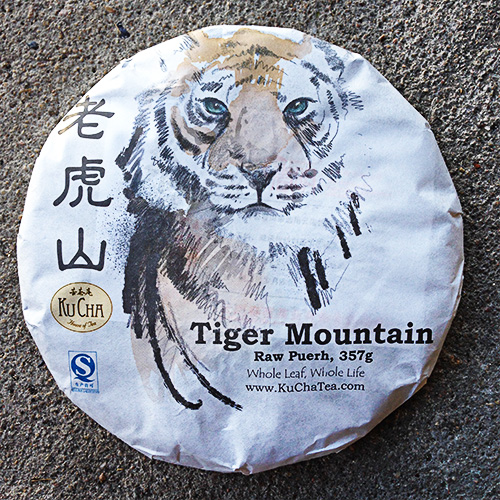
Among China’s many bold teas, its puerhs stand apart for their depth of flavor. Puerh is a style of tea that gets fermented after harvest. The fermentation transforms the tea’s flavor, which continues to evolve over time. Some tea aficionados hold onto to peurh, which is often sold in cakes, for many years to savor the changes in flavor.
Puerh comes in two styles: ripe and raw. To make ripe puerh, tea artisans take tea leaves that have been dry roasted and sun-dried and pile them, a step that speeds up fermentation. It’s similar, in fact, to composting. The piles undergo fermentation in humid environments for months and even years before getting sold. Raw puerh also gets roasted and sun-dried, but then it gets fashioned into cakes. The cakes are then set aside for fermentation, which takes much longer than for ripe puerh. The long fermentation yields especially complex flavors.
Our Tiger Mountain Raw Puerh comes from, you guessed it, Tiger Mountain in China’s Yunnan Province. Made from the leaves of wild tea trees, this gorgeous spectacle of tea craftsmanship brews bright, complex, bittersweet and bold, with strong Cha Qi (tea energy) and a pear fruitiness. This cake was assembled in 2017, and is still considered young. It serves as a grand candidate for further aging.
Bold Chinese Teas: Sui Lue Liu Xiang Puerh
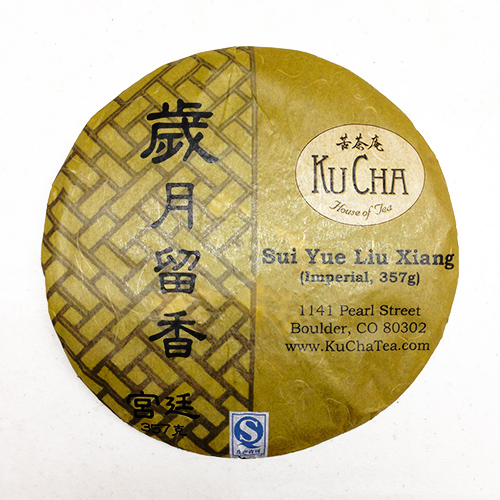
Another raw puerh from Yunnan Province (the home of most puerhs), our Sui Lue Lie Xiang broadcasts notes of pipe tobacco and citrus. The tea’s name, which means “Fragrance of Age” in Chinese, is crafted from Imperial or Gong Ting Grade puerh (both grades are outstanding). This beauty can be re-infused more than a dozen times in the gong-fu style. With each fresh brew, the flavors change a little bit. It’s also an ideal candidate for aging, especially in dry climates like Colorado.
Bold Chinese Teas: Black Dragon Pearl Black Tea
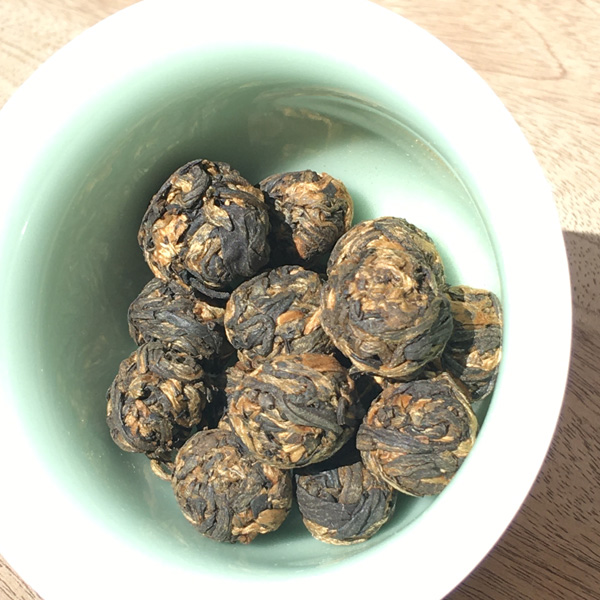
More Yunnan tea on the way! The Province, located in southern China (it borders Southeast Asian countries like Laos, Vietnam and Myanmar), is one of China’s principal engines for tea production. It also is considered the birthplace of tea, and today supports tea trees more than 1,000 years old.
Black Dragon Pearl offers smooth, malty flavors with overtones of cacao and spice. The bold tea is also unique, in that tea artisans hand pick and then roll the leaves into pearl shapes.
We adore this robust tea! And we also look forward to drinking it during the Year of the Dragon!

